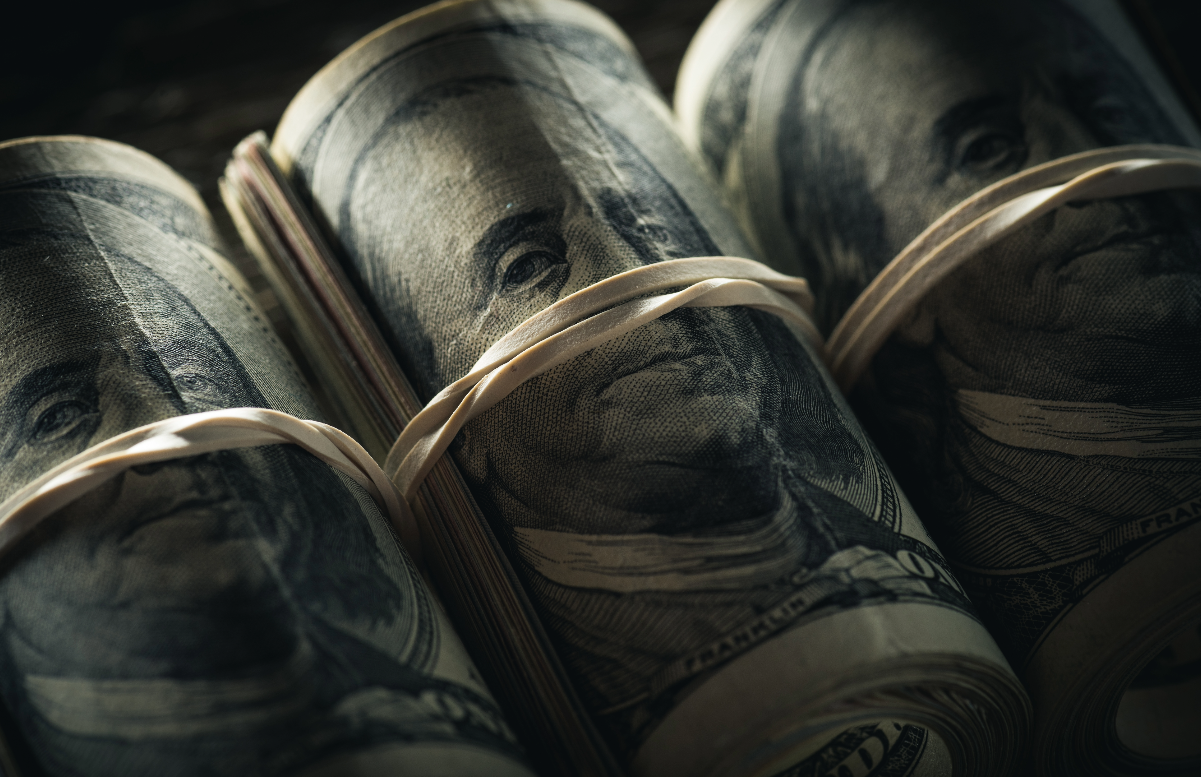A researcher at the University of Oregon wants to shine a light on nonprofits she believes are little more than “dark money” political groups set up to launder political contributions for corporate and wealthy donors wishing to remain anonymous or evade campaign finance laws.
Her proposal would entail creating a “financial transparency index” to rank nonprofits on a scale reflecting their degree of openness or opacity. “My wish is for the public to be more skeptical of organizations with bland names and no websites. We need to know who is actually funding these things,” said Renee Irvin, a professor and vice provost of academic affairs at the University of Oregon specializing in the economics of philanthropy, nonprofits and their funders.
Her proposal, which she outlines in her recent report How Dark Is It? An Investigation of Dark Money Operations in U.S. Nonprofit Political Advocacy Organizations, is based on an initial study of 54 social welfare and nongovernmental organizations (NGOs) spanning the entire political spectrum.
The study, which Irvin conducted from publicly available data on their Form 990 tax filings and websites, was intended to bring a degree of clarity to complaints about “dark money” influence often heard from both left- and right-leaning activists.
Many of the organizations included in the study were found to have vague names and bare-bones websites — or no websites at all — while funneling tens of millions of dollars into political advocacy. Despite the money doled out, some did no fundraising, had almost no staff or volunteers, and had very small boards of just one or two members. All are red flags for “dark money,” according to Irvin.
“Billionaires George Soros and the Koch brothers (Charles and David) have received attention for their huge donations to political action committees prior to 2010, but the U.S. Supreme Court’s 2010 Citizens United decision loosened restrictions on corporate and union political spending, effectively ushering in an expanded era of opaque campaign finance,” she wrote.
Among her findings:
- One Nation, a right-leaning advocacy nonprofit, spent $63.3 million during the 2016 presidential election year – nearly nine times more than it spent the previous year. The organization, which had only one board member, gave slightly more than one-third of that amount ($21.7 million) to a political action committee with which it shared the same address.
- Majority Forward, a left-leaning advocacy nonprofit, spent $35.8 million during 2016. Only 1.34% of the organization’s budget that year went toward salaries, its website totaled 81 words, and it had only two board members.
- Freedom Frontier, a right-leaning advocacy nonprofit, spent $5.9 million during 2016 — nearly seven times more than it spent the previous year. Nearly 75% ($4.4 million) of that amount went to a single political action committee. The organization’s 2016 revenue total of $6.2 million also came entirely from grants and contributions, yet it reported no fundraising expenses.
While nonprofits operating as 501(c)(3) organizations are prohibited from most political activities, social welfare organizations set up as 501(c)(4)s face far fewer restrictions. Critics contend this creates a giant loophole allowing wealthy donors to evade campaign contribution limits by giving large sums to these 501(c)(4) intermediaries, which can then legally funnel the money to third-party political groups without revealing the original source. A number of advocacy nonprofits of all political stripes appear to exist solely for this purpose, according to Irvin. “In essence, the 501(c)(4)s could be functioning as money launderers,” she wrote.
The influence wielded by these groups not only has implications for the country’s political health but also touches on transparency concerns about the nonprofit sector highlighted earlier this year by researchers at Indiana University’s Lilly Family School of Philanthropy in their report What Americans Think About Philanthropy and Nonprofits. The authors of that report cautioned that the concerns could undermine public perception of the good the sector does.
Irvin told The NonProfit Times she is unaware of any current legislative proposals to implement her recommendations, which she said isn’t surprising since her research was only recently published and will likely take some time to digest. However, she hopes to expand her research, noting that “dark money” groups are influential on a wide range of matters from the smallest local school board races to national political campaigns affecting climate legislation, tax policy and other issues.
“The public needs to know whether an innocuous sounding organization might be the policy entrepreneurship of an individual or corporation hoping to turn an election,” she said.









